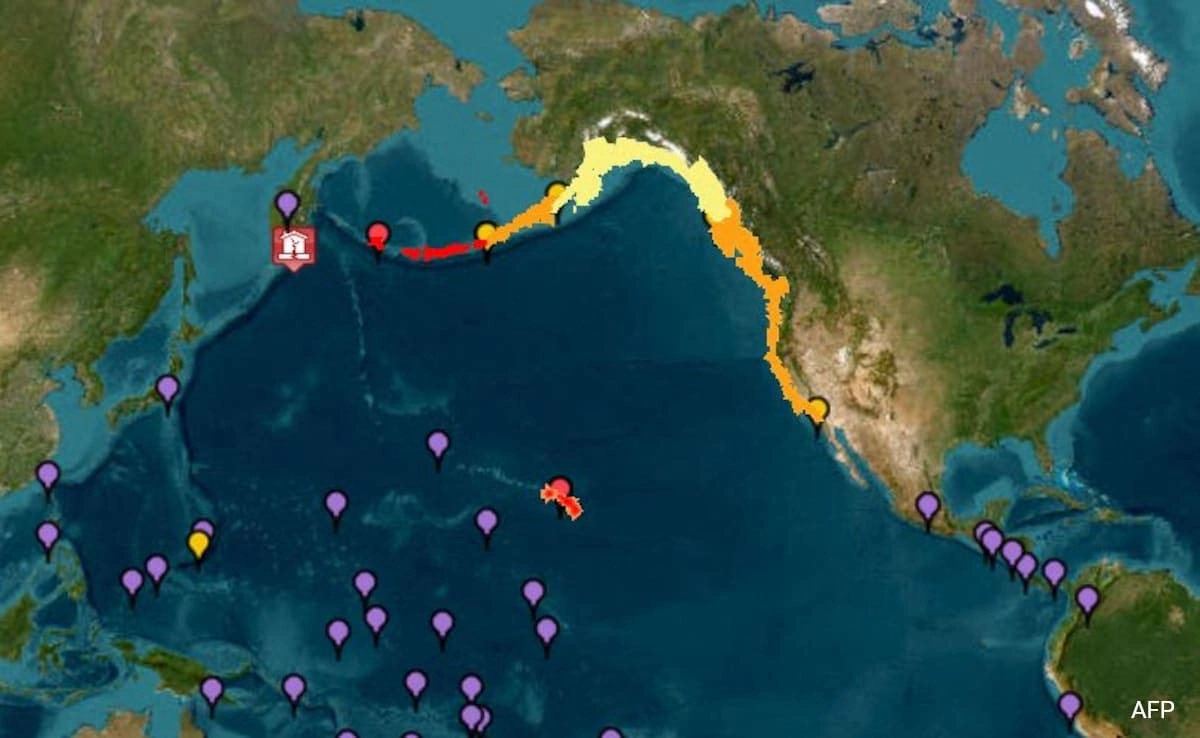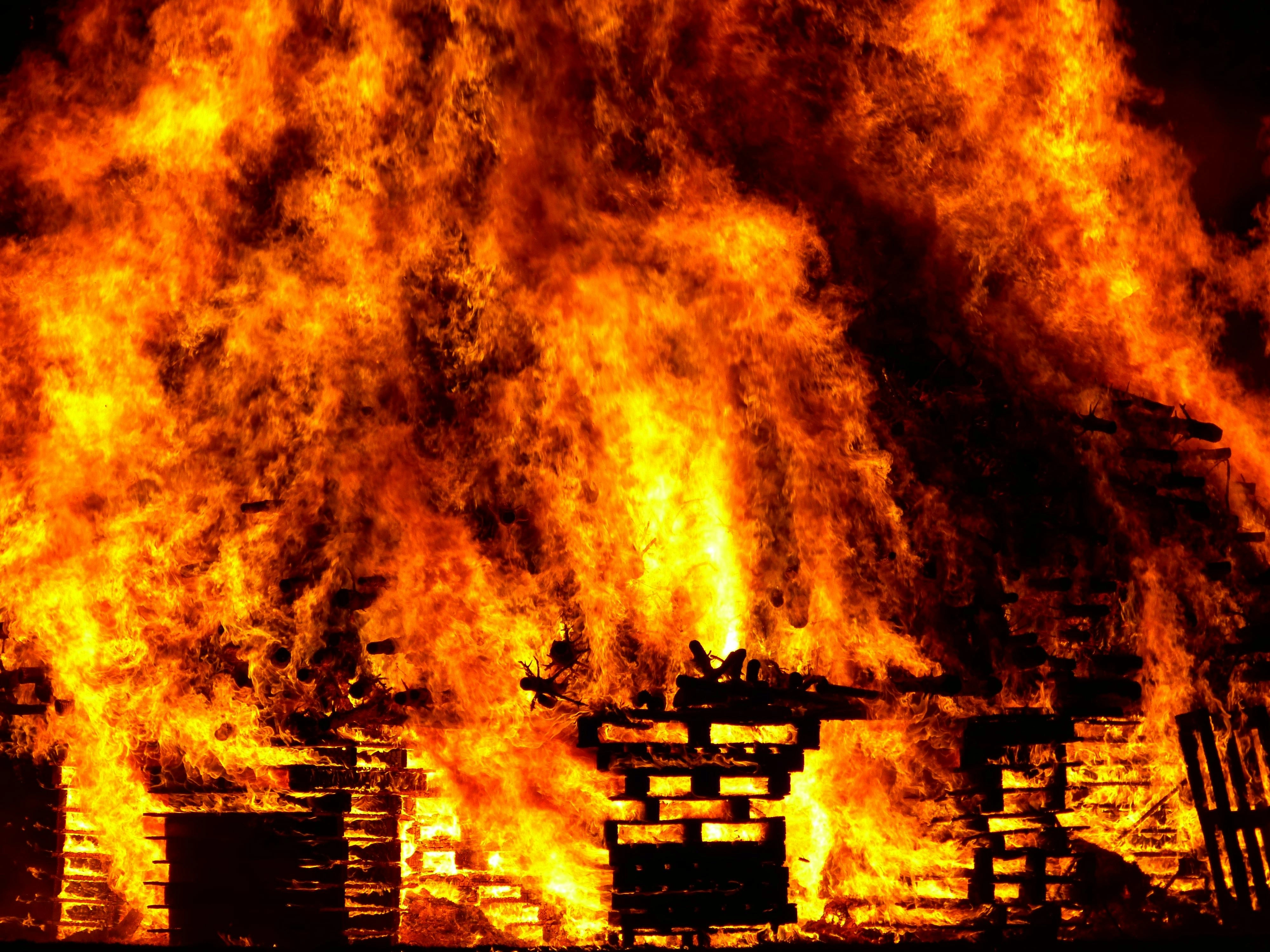A recent earthquake off the coast of Russia has prompted significant concern, leading to an upgrade of the tsunami warning system in Chile to its highest level. The seismic event, which registered a magnitude strong enough to trigger alarms, has raised fears of potential tsunamis impacting coastal areas across the Pacific. Authorities in Chile have acted swiftly in response to the earthquake, highlighting the potential risks that such natural disasters can pose to coastal communities. The decision to elevate the tsunami warning indicates a proactive approach to safeguarding lives and property, particularly as the Pacific region is historically vulnerable to tsunamis resulting from distant seismic activity.
The earthquake, which struck near Russia’s eastern coast, has resonated widely, triggering tremors felt in several neighboring countries. Tsunami warnings are not only critical in terms of immediate response but also play a vital role in public safety education. Residents in coastal areas are urged to stay informed through official channels and to prepare for possible evacuation if necessary. While the situation is still evolving, the emphasis on preparedness is paramount, as tsunamis can arrive with little to no warning, leading to devastating consequences.
In addition to the immediate implications for Chile, this event highlights the interconnectedness of seismic activity across the Pacific Rim, often referred to as the “Ring of Fire.” Countries along this ring must remain vigilant and maintain robust disaster response mechanisms. As updates continue to emerge, emergency management teams are on high alert, monitoring oceanic conditions and coordinating with local officials to ensure that communities are prepared for any eventuality. The collaboration between nations in sharing data and resources could prove invaluable in mitigating the impact of such natural disasters.
As the situation unfolds, scientists and seismologists are carefully analyzing the earthquake’s characteristics and potential aftershocks. This data is crucial not only for current assessments but also for improving future preparedness strategies. The community’s resilience in the face of natural disasters often relies on timely information and effective communication. Therefore, it is essential for residents to heed warnings and follow guidelines issued by local authorities. In times of uncertainty, adhering to expert advice can mean the difference between safety and disaster. The coming hours and days will be critical in determining the full extent of any tsunami threat and the appropriate responses required.




